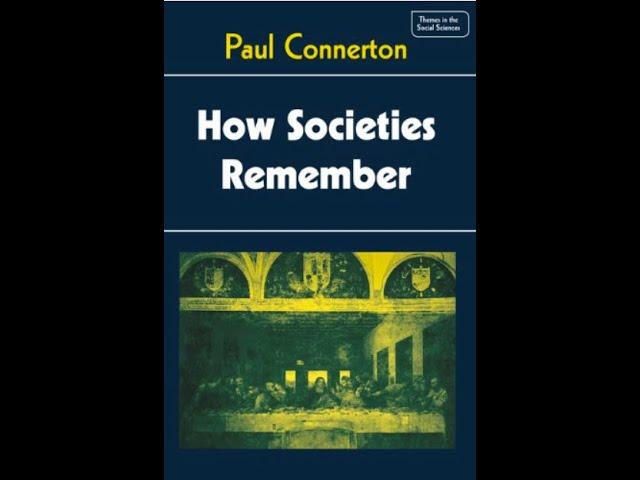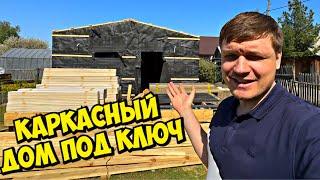Комментарии:
"How Societies Remember" By Paul Connerton
Novelzilla
Анимация на заказ. Анимация и мультипликация. Создание видеороликов.
Создание видеороликов
A Gift from Riot - New Attack Speed Cap!
Hextech Lab
Офис международной IT-компании VMware от АРС. Все о фитауте и коммерческой недвижимости
АРС | Рассказываем о фит-ауте
Tom Platz: "Nobody Gets Big Legs From Leg Extensions!" #shorts
Muscle Mind Media
Late Night Recording: Beautiful Borodin
Angela Knebel Eclectic Piano
Alex Botea - 112 Arabii | Official Video
X-pert Production Official
Mock Presentation - EnBus 403
Marco Goldblatt
Строим каркасный дом под ключ 35 кв.м
Пока НЕТ дома | Модульные дома с доставкой по РФ



























